Be Your Own Coach: A Guide to Dryland Training

Be Your Own Coach: A Guide to Dryland Training
By Delaney FitzPatrick
Editor’s Note: Delaney FitzPatrick competed in Division 1 track and cross country at Yale University while earning her bachelor’s in English. She went on to compete at the University of Minnesota-Twin Cities for her fifth year. After completing her collegiate career, she transitioned into marathon ski racing. She is the two-time champion of the Sisu Ski Fest Classic and, most recently, finished third at the 2020 American Birkebeiner in the Women’s Classic.
When my collegiate running career was over, and I decided to get back into cross-country skiing after taking five years off, I felt anxious about my new reality—for the first time in my athletic career, I would have to be my own coach.
During middle school, high school, and college, if you’re lucky, coaches can be taken for granted. Especially with cross-country skiing, trying to find a coach after competing for an organized team can be difficult. The skiing community is already small and, depending on where you live, finding a personal coach with the proper knowledge and expertise can be near impossible.
The importance of having a coach in the first place comes down to each individual’s goals. Whether it’s placing in the American Birkebeiner, winning your age group in a community race, or simply improving your technique, becoming your own coach can be a legitimate option. Depending on the type of athlete you are, and the types of goals you’ve set, self-coaching can be your avenue to success.
Why Self-Coach?
You’re in control: The most obvious benefit of being your own coach is the control you have over your training plan. Feeling tired during warm-up? Switch today’s workout for tomorrow’s recovery. Feeling great? Throw in a few 30-second pick-ups during your ski. Self-coaching gives you flexibility.
Being in control can also leave room for variety in workouts. Unless you want to invest in a pair of roller skis, running, biking and hill bounding can make for great cross-training in the summer. Without someone else writing your training plan, you’re free to be creative.
No Pressure: You will find sticking to a weekly training plan can be challenging. Unless you have a ski trail outside your door, driving to the trails, perfect bounding hill, or bike trail to roller ski takes time.
Without a coach writing your training plans, you’re able to take it day by day, and not feel guilty about skipping that last rep during your workout or substituting a 20-minute run for a 60-minute roller ski. Leaving room for error can allow you to have a healthier perspective on your training.
Location: Unless you live somewhere with an organized adult or master’s team, finding a qualified coach may not be an option. You can self-coach anywhere at any time.
How to be Your Own Coach
Learning how to balance your training as both athlete and coach can feel intimidating, but understanding how to build a basic training plan is actually simple. Whether you’re new to skiing or are looking to improve your current training plan, what follows are tips for getting you started.
Ski training is based on two components: Time and Intensity.
Applying these components, you can understand that the goal of summer training is to build a solid base, which means workouts are generally focused on longer hours and lower intensity.
An ideal training week will include six days of exercise with one day off for recovery. If you’re feeling good, you can use your day off for active recovery by going for an easy 20-to-30-minute run or roller ski. Keep in mind that each week should roughly follow the same workout cycle, which means that if you exercise on your off day, you won’t have a day off for a full week.
So, what is a typical training week?
A normal week should include one over-distance workout, two intense workouts, and three general training sessions. If you’re feeling good and looking to ramp up your training, you can substitute a general training session for a moderate workout.

Contributor Delaney FitzPatrick demonstrating hill-bounding as part of an effective, self-coached dryland training regimen. Photo by Joanne FitzPatrick.
In order to ensure your body gets enough recovery, you’ll want to have a general training session in between your workouts. Remember: rest is just as important as intensity, keeping in mind that easy training days should, in fact, feel easy.
A good way to measure effort is with Training Intensity Zones or Heart Rate Zones, which run on a scale from 1 to 5. These zones are based on percentages of maximum heart rate but can also serve as guidelines for perceived exertion. The zones are as follows:
Level 1 (L1): 60-69%
Level 2 (L2): 70-79%
Level 3 (L3): 80-89%
Level 4 (L4): 90-94%
Level 5 (L5): 95-100%
The majority of your training, especially during the summer, will be in L1 and L2. These levels focus mostly on your aerobic energy systems.
Workout Types
Over-distance (L1-L2): These training sessions include two or more hours of activity and should be done once a week. Most people do these on Sunday to kick off a new training week. Over-distance workouts are usually in L1 and sometimes in L2. During summer training, I’d recommend roller skiing or biking on these days.
Fartleks (L3-4): These types of workouts can come in all shapes and sizes, and are a great way to add variety to your training. You want to warm up for at least 10-15 minutes before this kind of intensity. The workout’s core typically lasts from 30-45 minutes followed by another 10-15 minutes of cool down.
In between fartleks, rest is always active. The goal is to keep your body moving for the duration of the workout; it’s okay to go slow in between. You’ll want to build a base of L3 workouts before incorporating L4 into any fartleks.
Short pick-ups are a great way to keep your body alert. An L3 pick-up workout could include two sets of 10 x 30 second pick-ups with one-minute recovery between reps and two minutes between sets.
If you’re looking to boost one of your general training sessions, you could add a few sets of L3, 5 x 15 second pick-ups with a 45-second rest between reps, and 5 minutes between sets.
Longer fartleks can help you improve your threshold pace. An example workout would be L3, 5 x 4-minute reps with one-minute recovery in between. In the fall, when you start incorporating more L4 workouts, you could modify this workout to include equal rest (4 minutes) to give your body enough recovery.
Speed intervals (L5): Speed training is about high intensity in short bursts. During racing season, you can incorporate workouts focused entirely on speed, but, in the summer, speed can be tagged onto a general training session. Try doing 6 x 15 second reps while roller skiing, biking, or running with 2 minutes for full rest. These should feel all-out, but still controlled.
Technique: If you have roller skis, a good goal would be to get out on them twice per week. This leaves room to practice both classic and skate if you have both sets of roller skis. Your general training sessions, which should last about 45-75 minutes, are the best opportunity for you to focus on technique.
Without a coach present, it’s important to be creative. Have a family member or friend videotape you skiing, and then watch it closely to see which parts of your technique need improvement. You can incorporate stretches of skiing with no poles, which can also help you identify problem areas.
On the other end of the spectrum, you can work on double-poling only. Try challenging yourself by double-poling for 15 minutes straight, even uphill. You could also try a pick-up workout dedicated to double-poling.
Hill-bounding can be a great way to work on classic technique without roller skis. Ideally, your bounding poles should be shorter than your classic poles, and you can bound without them. Bound uphill at L3 for one of your intense workouts, and then walk or run down for your recovery.
All About the Individual
During summer training, you can easily substitute roller skiing with running, biking, or swimming. Combining different types of exercises and different types of workouts ensures that your training will never get boring, and can help keep you motivated.
As your own coach, training can be a matter of trial and error. However, the more consistent you are, the sooner you will figure out what does and does not work for you. Sometimes an extra day of rest is just what you need to get ahead in your training.
Email Delaney FitzPatrick at: [email protected]
* * *
Please scroll (all the way!) down to post your comments.
Thank you!

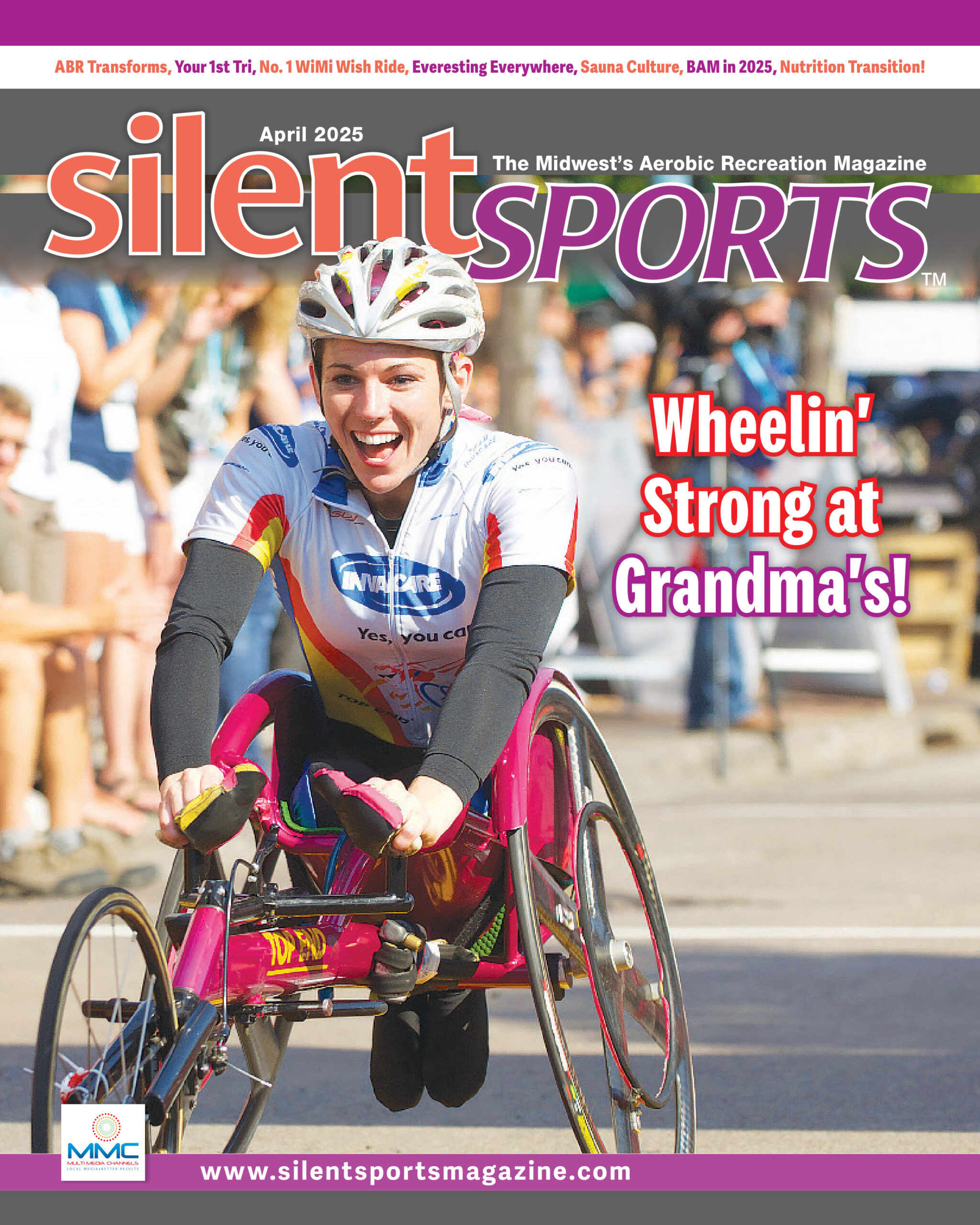

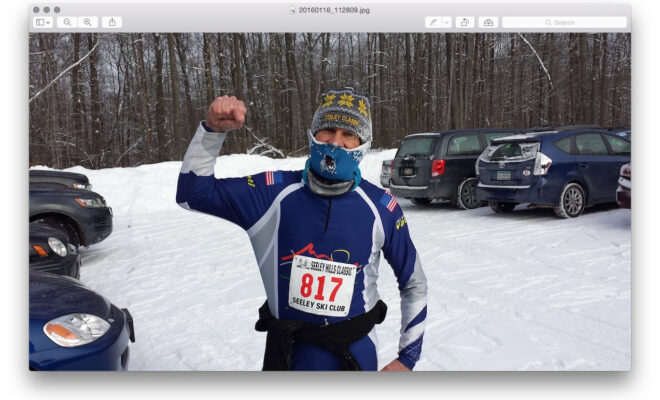
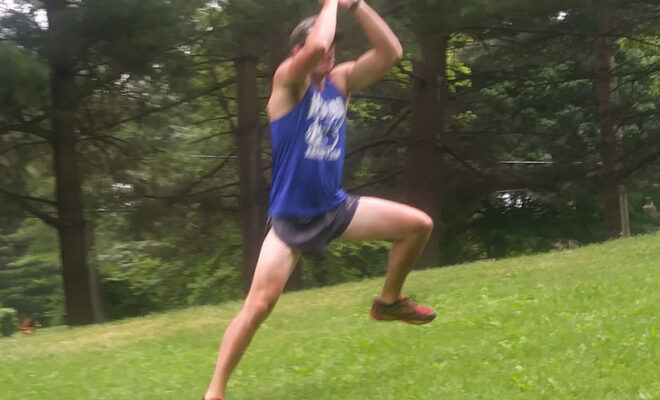
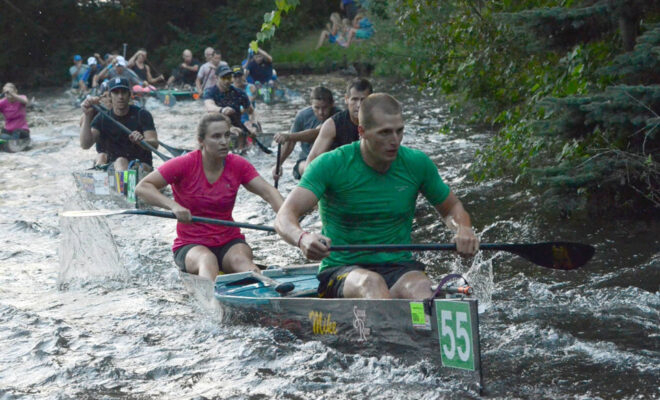

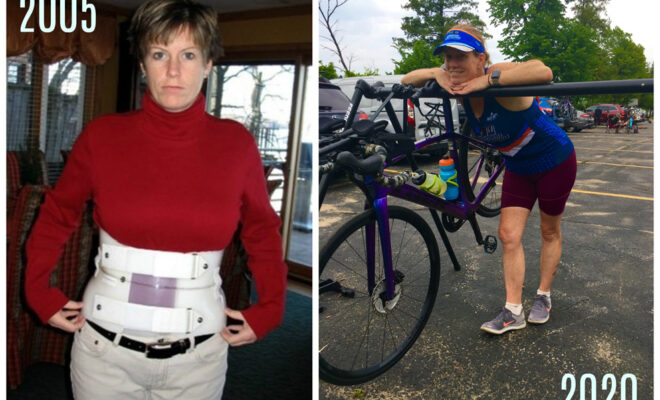
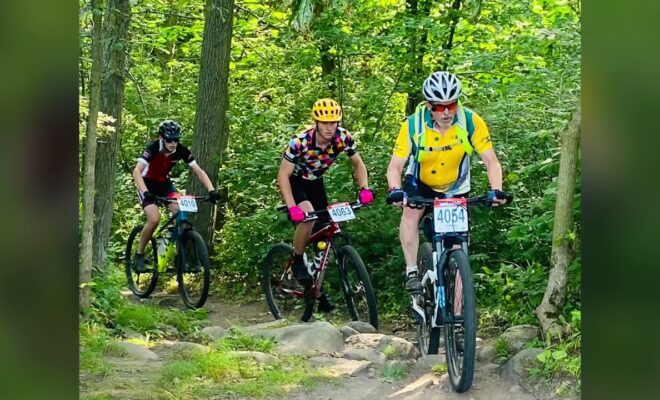
Hi. I’m pre-habbing for both knee replacements as I have no cartilage left i.e. it’s bone on bone so no running or hard knocks… Walking too fast is painful too. What modifications would you make?
Much appreciated!
Something such as this requires guidance from your personal medical team and trusted PT.
Developing an exercise routine under these circumstances must be unique to your situation and medical team guidance.